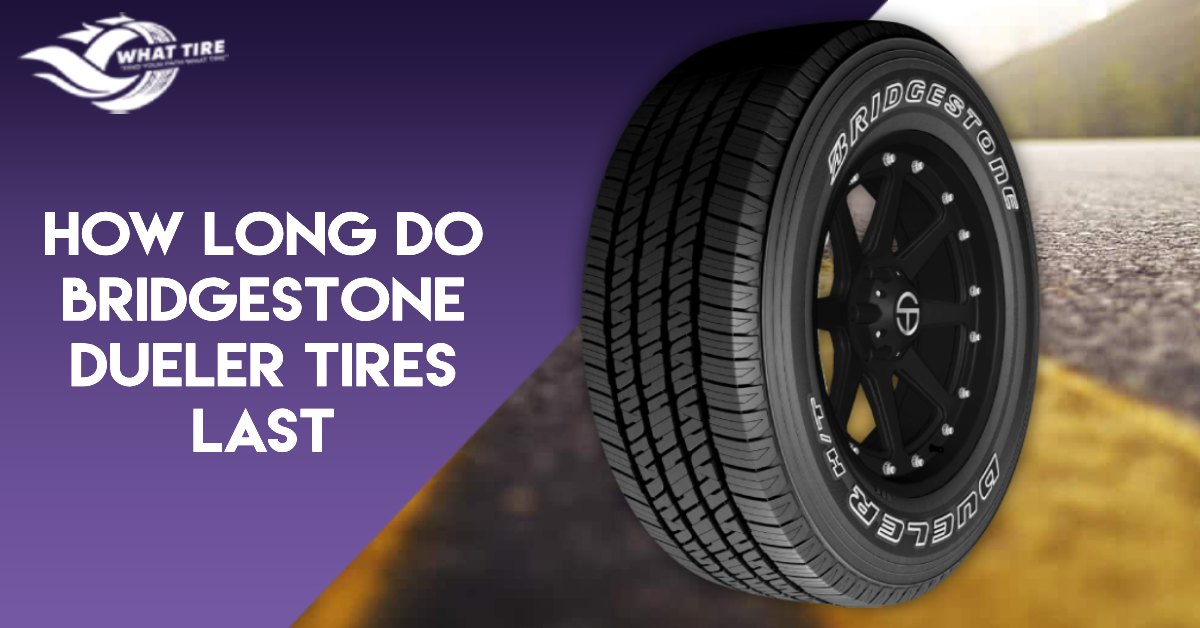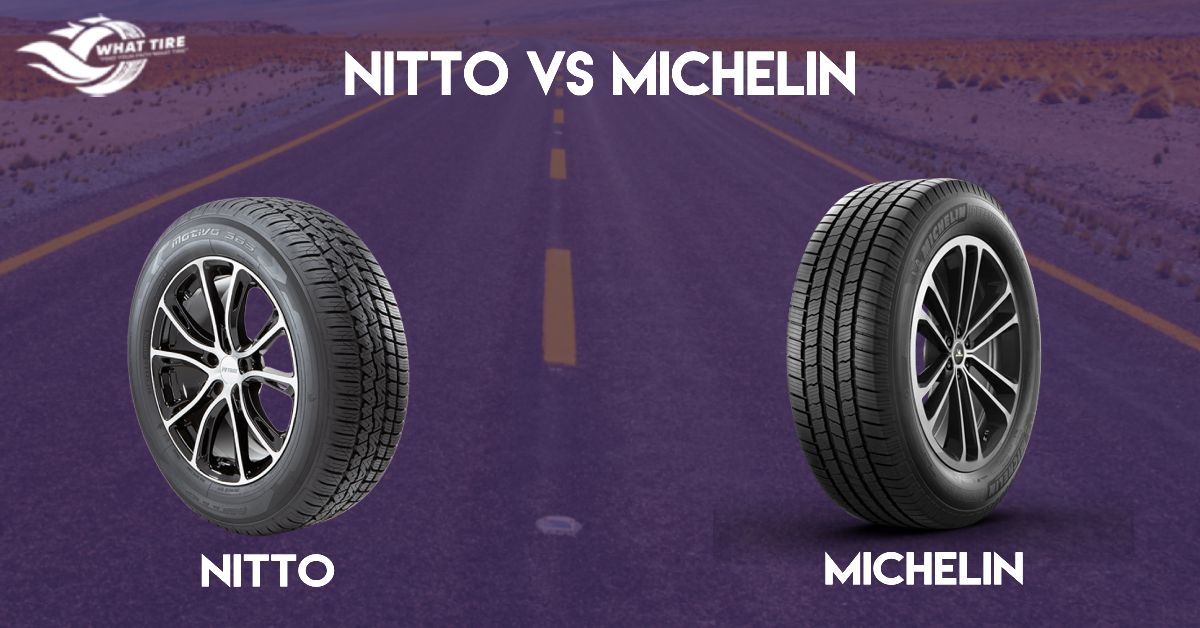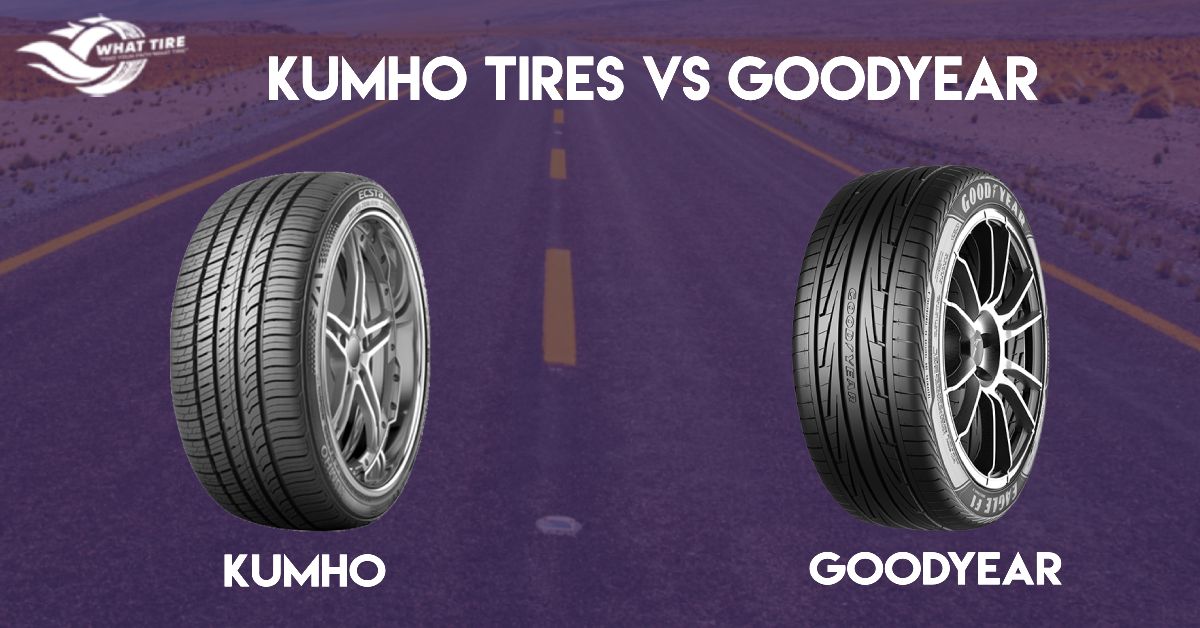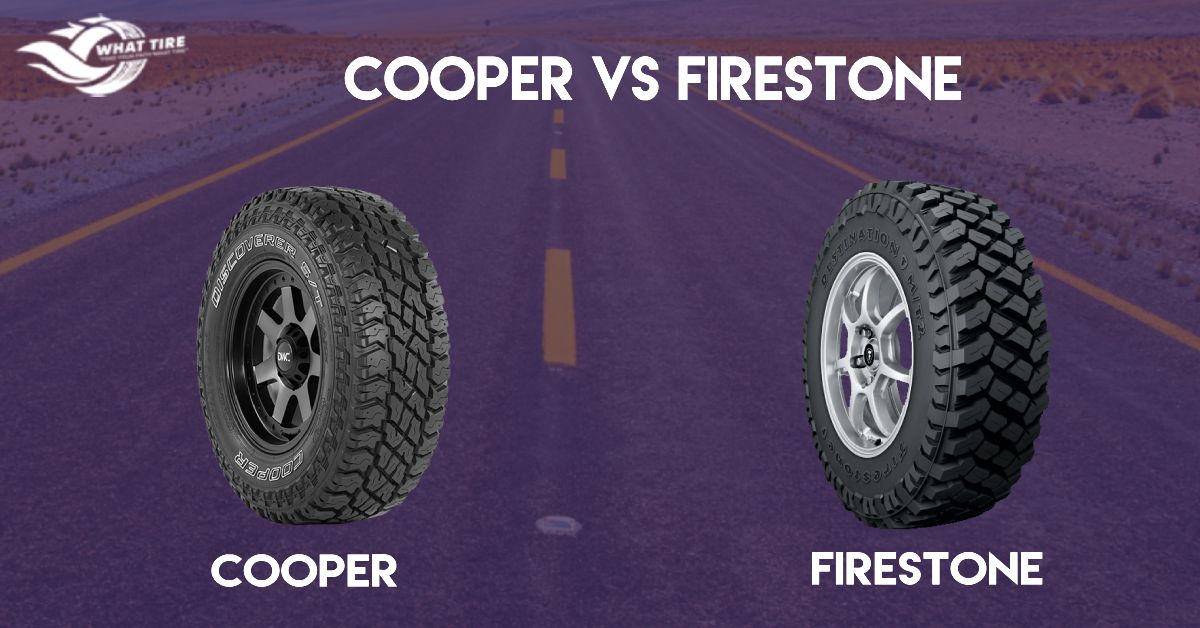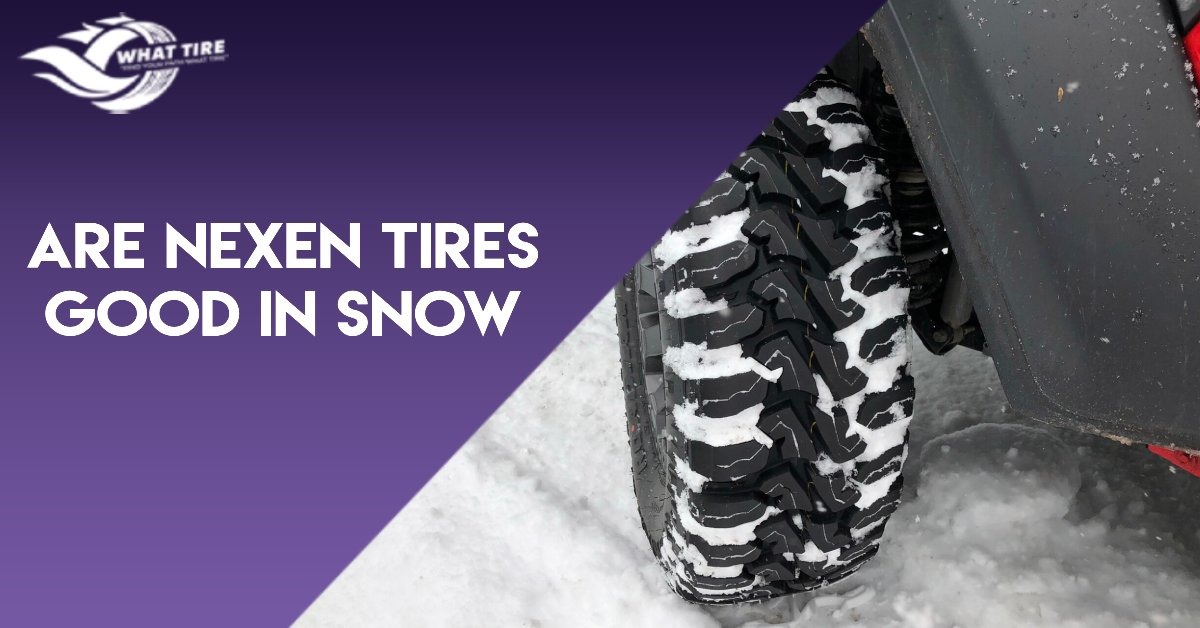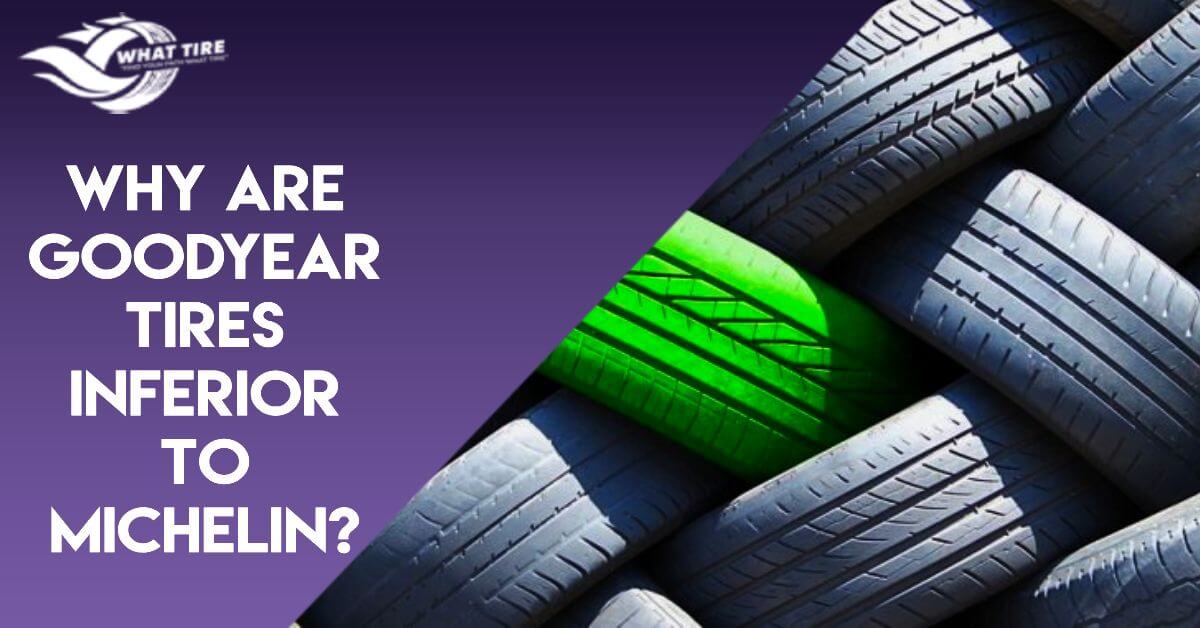Selecting the right set of tires is a critical decision for any vehicle owner, influencing performance, safety, and overall driving experience. In this detailed post, we will compare the two tire industry giants – Michelin and Goodyear – dissecting their offerings with an expert lens.
Beyond brand names, our focus is on the technical aspects that truly matter. We aim to provide you with an unbiased understanding of why Michelin and Goodyear stand out, examining the intricate details that distinguish their tires and help you make an informed choice tailored to your driving needs.
We already have a detailed comparison to let you know which tire is better Michelin or Goodyear. Here, we are simply going to show you the advantages of Michelin over Goodyear and why are Goodyear tires inferior to Michelin!
Table of Contents
ToggleA Brief About Michelin
Michelin has a rich legacy of over a century. Renowned for pioneering innovations, Michelin employs cutting-edge technology in tire construction, utilizing high-quality materials to enhance performance.
With a commitment to sustainability, Michelin not only focuses on producing high-performing tires but also places emphasis on minimizing environmental impact through eco-friendly practices.
The brand’s tire manufacturing processes showcase a meticulous blend of precision engineering and a passion for delivering superior driving experiences.
Understanding Goodyear
Goodyear commands a formidable presence shaped by decades of tire manufacturing expertise. The company’s commitment to innovation is evident in its tire construction, utilizing advanced materials to ensure durability and performance.
Goodyear’s tire designs prioritize safety and handling, reflecting a dedication to meeting the diverse needs of drivers. With a legacy of providing reliable tires for various vehicles, Goodyear stands as a symbol of trust, combining tradition with a forward-looking approach to tire technology.
Differences Between Goodyear and Michelin Tires
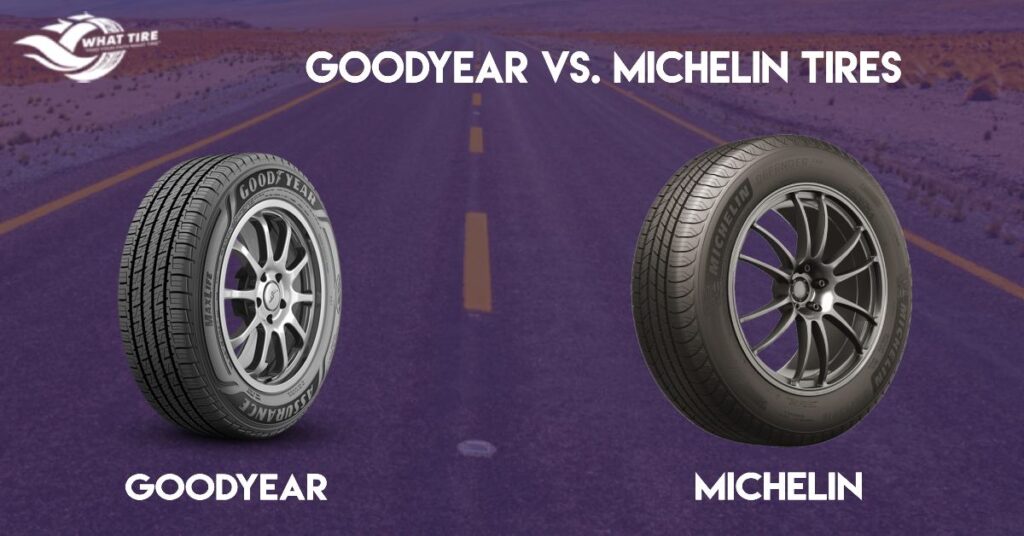
When it comes to choosing the right set of tires, the distinctions between Michelin and Goodyear extend beyond brand loyalty, diving into the technical aspects that define their respective offerings. Let’s understand these differences to make you an expert in tires.
1. Tire Construction
Michelin
Michelin is renowned for its commitment to tire innovation, employing a mix of high-quality materials. Their tire construction often includes silica-based compounds, improving traction and grip on different road surfaces.
The company also uses advanced steel belts for reinforcement, leading to improved durability and responsiveness. This meticulous approach to tire construction is a testament to Michelin’s dedication to providing a superior driving experience.
Goodyear
Goodyear, too, places a premium on tire construction, utilizing a diverse range of materials to achieve optimal performance. The company is known for its use of carbon fiber and silica compounds, striking a balance between tread life, fuel efficiency, and traction.
Goodyear’s tire construction often integrates DuPont Kevlar for added strength, particularly in their off-road and performance tire models. This emphasis on diverse materials showcases Goodyear’s commitment to crafting tires that cater to various driving needs.
2. Tread Design
Michelin
Michelin’s approach to tread design is characterized by precision and adaptability. Their tires often feature intricate tread patterns optimized for specific driving conditions. The use of variable pitch tread blocks reduces road noise, contributing to a smoother and quieter ride.
Michelin’s commitment to continuous research and development is reflected in its evolving tread designs, tailored for enhanced performance in wet and dry conditions.
Also, learn what is tread depth on new Michelin tires.
Goodyear
Goodyear, too, excels in tread design innovation, offering a range of patterns designed for specific applications. Their tires often incorporate a mix of lateral and circumferential grooves to improve water evacuation, reducing the risk of hydroplaning.
Goodyear’s emphasis on tread block optimization contributes to improved traction, stability, and overall handling, showcasing a commitment to versatile performance across diverse driving scenarios.
3. Performance Characteristics
Wet and Dry Traction
Michelin’s tire compounds, designed for optimal grip, often provide superior wet and dry traction. The silica-based materials contribute to enhanced grip on wet surfaces, while the tread patterns are engineered to maintain stability during dry conditions.
Goodyear, on the other hand, emphasizes a balance of compounds to achieve consistent performance in both wet and dry conditions, catering to drivers who experience varied weather patterns.
Handling and Cornering Stability
Michelin’s focus on precision in tire construction and tread design translates into reliable handling and cornering stability. The reinforced steel belts contribute to better control during cornering maneuvers.
Goodyear’s emphasis on responsive handling is evident in their tire models, with features like a solid center rib enhancing stability and steering response, catering to drivers who prioritize a dynamic driving experience.
Ride Comfort and Noise Levels:
Michelin’s dedication to a smooth and quiet ride is evident in its tire designs, with a focus on minimizing road noise through advanced tread patterns.
Goodyear, too, prioritizes ride comfort, often incorporating noise-reducing technologies to ensure a quieter driving experience.
The choice between Michelin and Goodyear in this aspect may come down to individual preferences for ride characteristics.
Advantages of Michelin Tires Over Goodyear
In the process of tire selection, drivers often seek the differences between Goodyear and Michelin tires. They are looking beyond just brand names to the technical elements that define tire superiority.
Let’s have a look at some checkpoints where Michelin shows a noteworthy advantage over Goodyear.
Fuel Efficiency
Michelin’s commitment to sustainable driving extends to fuel efficiency. Many Michelin tire models are engineered with low rolling resistance technology, reducing the energy required to keep the tires moving. This results in improved fuel efficiency, making Michelin a preferred choice for eco-conscious drivers who seek to optimize their vehicle’s fuel economy.
While Goodyear also prioritizes fuel efficiency in its tire designs, Michelin often takes the lead with innovations like the Energy Saver technology, specifically crafted to enhance fuel efficiency without compromising on other performance aspects. This places Michelin at the forefront for drivers aiming to minimize their carbon footprint and fuel expenses.
Longevity and Durability
Michelin’s reputation for longevity and durability stems from its approach to tire construction. The use of high-quality materials, reinforced steel belts, and advanced compounds contributes to extended tread life. Michelin tires often outlast their counterparts, providing drivers with a more extended period of reliable performance before needing replacement.
Goodyear, too, places importance on tire durability, with models known for their robust construction. However, Michelin’s emphasis on precision engineering and innovative materials often translates into a longer lifespan for their tires, particularly in everyday driving conditions.
Environmental Impact
Michelin has been a pioneer in adopting sustainable practices in tire manufacturing. Beyond fuel efficiency, their commitment to minimizing environmental impact extends to the entire lifecycle of their tires. Michelin tires are often designed with recyclable materials, and the company actively invests in research to develop eco-friendly solutions, positioning Michelin as a leader in sustainable tire manufacturing.
While Goodyear also implements eco-friendly initiatives in tire production, Michelin’s approach to sustainability, including tire recycling programs and innovative green technologies, distinguishes it as a frontrunner in reducing the environmental footprint associated with tire manufacturing.
Noise Reduction Technology
Michelin’s dedication to a smooth and quiet ride is evident in its tire designs. They incorporate noise reduction technologies like variable pitch tread blocks. This meticulous attention to minimizing road noise enhances the overall driving experience, making Michelin tires an ideal choice for those who prioritize a quieter ride.
Also, find out which Michelin tire is the quietest.
Goodyear, too, focuses on noise reduction in tire designs, but Michelin’s emphasis on advanced tread patterns and materials often places their tires ahead in terms of achieving a quieter and more comfortable driving experience.
In a nutshell, Michelin’s advantages over Goodyear tires are evident in various ways like fuel efficiency, longevity, environmental impact, and noise reduction technology. For drivers seeking a tire brand that excels in these aspects, Michelin stands out as a premium choice, providing a harmonious blend of performance, sustainability, and overall driving satisfaction.
Are Michelin tires better than Goodyear?
The superiority of Michelin or Goodyear tires depends on specific preferences and driving priorities. Michelin tires excel in areas such as fuel efficiency, longevity, and environmental impact, making them an optimal choice for eco-conscious drivers seeking sustained performance.
On the other hand, Goodyear tires demonstrate strengths in diverse tread designs, catering to varied driving conditions, and may be preferable for those valuing versatility and responsive handling. Ultimately, the choice hinges on individual preferences, with Michelin and Goodyear each offering distinct advantages to cater to the diverse needs of drivers.
Conclusion
To sum it up, Michelin and Goodyear stand as tire industry giants, each with distinct advantages. Whether prioritizing fuel efficiency, longevity, or versatile performance, the choice between the two ultimately rests on individual preferences. Select wisely, aligning your tire choice with the driving experiences you value most.
I hope this article made it clear why are Goodyear tires inferior to Michelin!
FAQ’s
Yes, Michelin tires are often priced higher due to their emphasis on advanced technology and sustainable materials.
Yes, Goodyear excels in off-road scenarios with models designed for enhanced traction and durability.
Michelin is renowned for its noise reduction technologies, providing a quieter driving experience.
Yes, Michelin offers specialized models with tread designs optimized for snow, ice, or wet conditions.
Both Michelin and Goodyear offer warranty coverage, but specific terms may vary by tire model and series.

